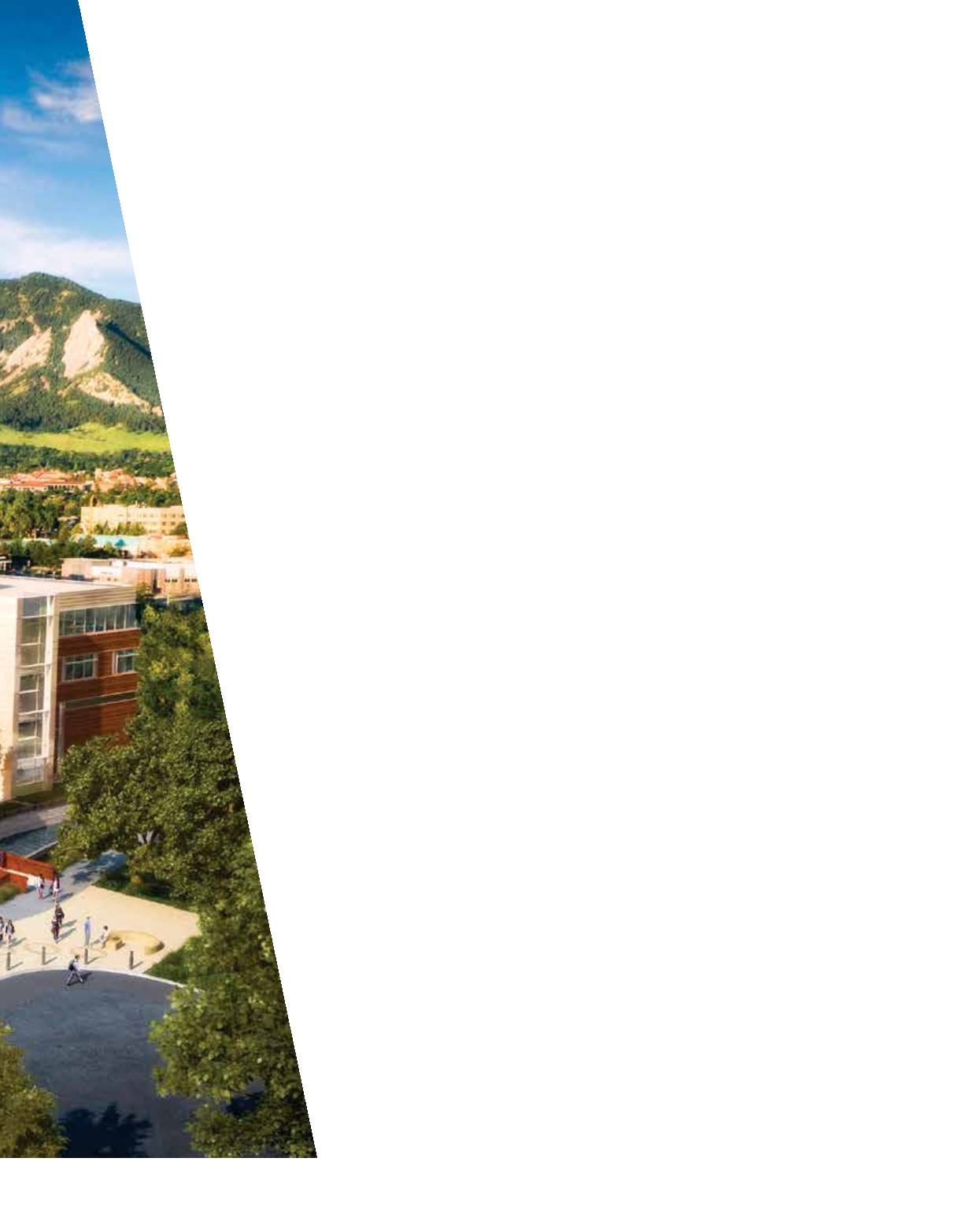

JUNE 2017 \ BUILDING DIALOGUE \
91
D
avid Tryba founded his eponymous Denver firm in 1988 after starting his career in
New York City when “a more human, urbanized city” began to bloom, he says. “That
whole connectivity to the waterfront is still being formed. It was in the early stages
of that where my frame of reference was formed in terms of the importance of
connectivity.”
The Colorado Springs native saw an opportunity to further explore the themes of
continuity, context and connectivity in his home state.
In 1990, Tryba hired Bill Moon as the firm’s fifth employee, and he’s now managing prin-
cipal. After beginning his career in North Carolina, Moon was looking for a more urban
canvas for his work and moved to Denver. “What I was actually rebelling against was the
new buildings in cities like Orlando and Charlotte,” he says. “There was something here I
hadn't experienced before.”
Tryba Architects made a mark in historic preservation and adaptive reuse with the 2002
transformation of the city and county of Denver’s Annex One Building into the Welling-
ton Webb Building and several projects at the Denver Performing Arts Complex. “We’ll
always have new things to preserve, new eras,” says Tryba. “Now we’re doing a lot of his-
toric preservation with midcentury modern buildings.”
Opening in 2012, History Colorado Center was another milestone project for Tryba.
The design strived to “make it feel it was part of the neighborhood and always meant to
be that way,” says Tryba. He describes the building as bridging “the historic structures
and the exuberance of the Hamilton Wing” at the Denver Art Museum.
“It was an attempt to resolve and extend the Civic Center two blocks south,” he says.
“You see the development that’s happened since, including the ART hotel using the
same materials, using similar ideas and continuing the resolution.
“When you have a city that has that sense of continuity with history, with materi-
als, with scale, then when you get to the Hamilton Wing, it feels really appropriate,”
Tryba continues. “That’s why when you go around Paris and everything’s the same,
then you get to the Eiffel Tower, or if you’re in New York City and you go up and
down Fifth Avenue or Central Park West and you look across and see this crazy
Guggenheim Museum and it seems really special – because it’s within the back-
ground of a great city."
Describing it as “a good two-way relationship,” Ed Nichols, former CEO of His-
tory Colorado, worked closely with Tryba on the project. “If you look at the build-
ing, you see it as its own structure, and yet there are accommodations to the
area,” he says. “It feels like Colorado.”
And that stems from the goal of catalyzing urban continuity. “Our business
had been creating the backbone of a great city and punctuating it with land-
marks, rather than trying to make everything a landmark,” says Tryba. “That’s
the next big challenge in urbanism: for a new generation to realize the im-
portance of the background and continuity and connectivity.”
Adds Moon: “We feel passionate about the space in between, whether
WORDS:
Eric Peterson
Stitching the Urban Fabric: Tryba ArchitectsDesigning timeless buildings is as important
as connecting the dots to make better cities
















